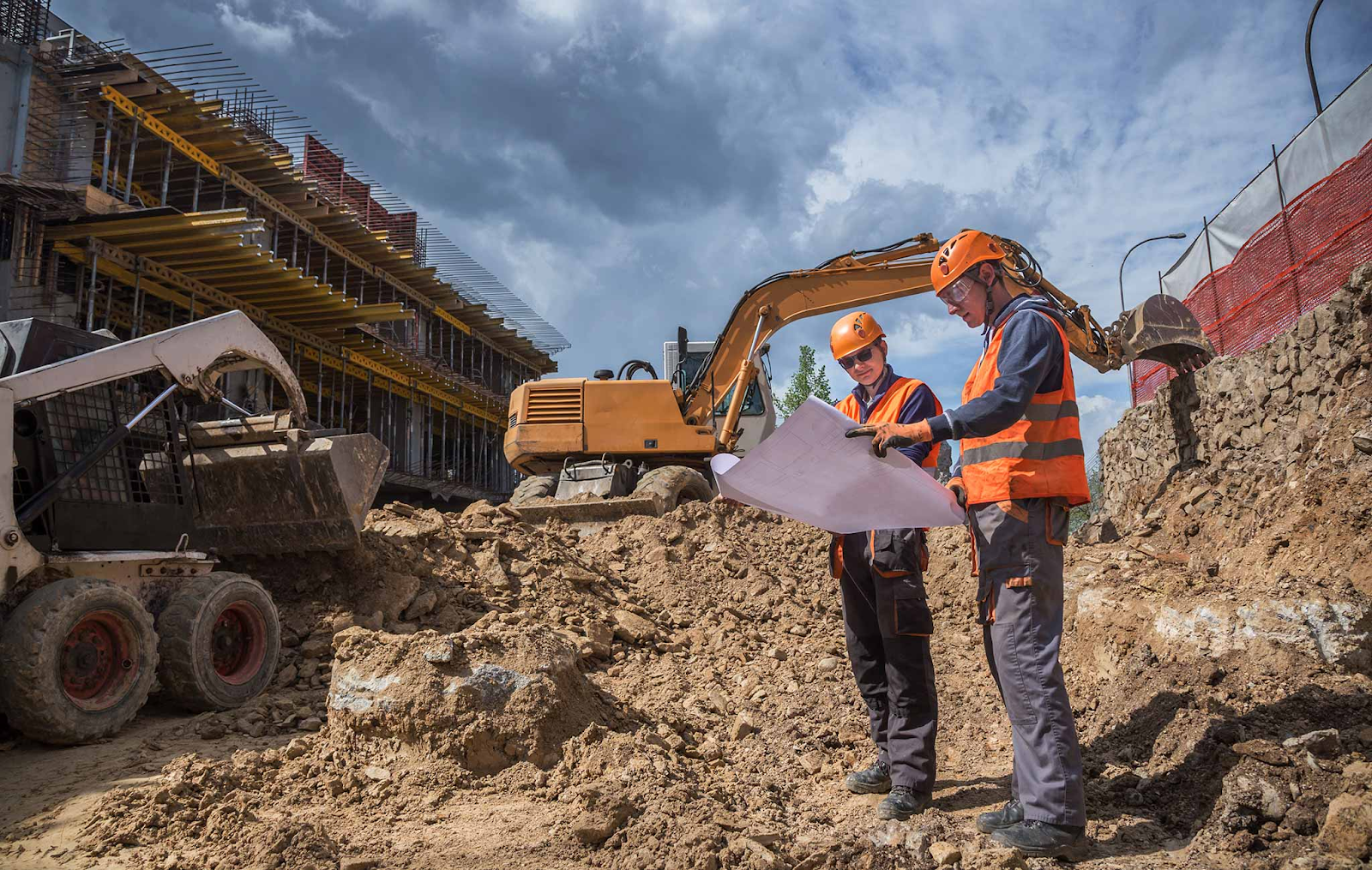All about Geotechnical Engineering For Construction Projects
Some Known Details About Geotechnical Engineering For Construction Projects
Table of ContentsGeotechnical Engineering For Construction Projects for DummiesNot known Incorrect Statements About Geotechnical Engineering For Construction Projects The 9-Second Trick For Geotechnical Engineering For Construction ProjectsOur Geotechnical Engineering For Construction Projects PDFsGet This Report on Geotechnical Engineering For Construction ProjectsThe Buzz on Geotechnical Engineering For Construction Projects
The duty of geotechnical engineering dramatically takes care of recognizing the functions of dirt and rock, which might differ significantly by their density, moisture web content etc. These functions should be taken a look at by geotechnical engineers to forecast their activities under numerous situations. The safety in addition to stability of frameworks are impacted by dirt problems, making this analysis essential., in enhancement to how they communicate with building and constructions that have been set up on or within them, is one of the key explanations for why geotechnical design is important.
Along with architectural preparation and building, geotechnical design is also important to the reconstruction and maintenance of pre-existing structures. Age-related deterioration or additional issues can influence a structure's security and efficiency. Environmental management is accomplished via geotechnical design. Expertise in air, water, and dirt quality maintenance is placed to utilize by geotechnical designers to lessen the unfavorable results of tasks.
Facilities advancement, offshore engineering, passage construction, and deep structures. Risk-based style and multidisciplinary teams. These components will maintain the field developing and ensure its ongoing relevance in the years ahead. To summarize, geotechnical engineering is an essential technique that maintains the resilience and honesty of civil framework. Geotechnical designers add to making structure jobs effective all over the world by understanding the behaviour of planet products and applying suitable preparation methods.
Excitement About Geotechnical Engineering For Construction Projects
The foundational security of any kind of job is imperative. Geotechnical engineering plays an essential role in making certain that structures are improved solid ground, essentially and figuratively. By examining dirt, rock, and subsurface problems, geotechnical engineers supply essential insights that assist in the design, building and construction, and upkeep of structures and framework.

The Ultimate Guide To Geotechnical Engineering For Construction Projects
Laboratory screening: Determining the residential or commercial properties of dirt and rock. A number of prominent construction projects have effectively made use of geotechnical engineering to ensure their security and security.

As a leader in geotechnical design, BECC Inc. is dedicated to delivering innovative and effective options that satisfy the greatest standards of top quality and security. To find out more on just how BECC Inc. can support your following building and construction job, contact us today and allow us help you improve solid ground.
William Rankine, a designer and physicist, developed an alternative to Coulomb's planet pressure theory. Albert Atterberg developed the clay consistency indices that are still used today for dirt classification. In 1885, Osborne Reynolds acknowledged that shearing causes volumetric extension of dense products and contraction of loosened granular products. Modern geotechnical engineering is claimed to have started in 1925 with the magazine of Erdbaumechanik by Karl von Terzaghi, a mechanical engineer and geologist.
Geotechnical Engineering For Construction Projects Things To Know Before You Buy
Terzaghi also created the structure for theories of birthing capacity of structures, and the concept for forecast of the rate of settlement of clay layers because of consolidation. Later on, Maurice Biot totally developed the three-dimensional soil consolidation theory, expanding the one-dimensional design have a peek at this website formerly established by Terzaghi to a lot more general hypotheses and introducing the set of fundamental formulas of Poroelasticity.
Geotechnical designers explore and figure out the buildings of subsurface problems and materials. They also design equivalent earthworks and retaining structures, passages, and framework foundations, and may manage and evaluate websites, which may even more entail website tracking as well as the risk assessment and reduction of natural risks - Geotechnical Engineering for Construction Projects. Geotechnical engineers and design rock hounds do geotechnical investigations to obtain info on the physical homes of soil and rock underlying and beside a website to design earthworks and structures for suggested structures and for the repair of distress to earthworks and frameworks created by subsurface conditions.
Geotechnical Engineering For Construction Projects for Dummies
Geologic mapping and interpretation of geomorphology are typically completed in examination with a rock hound or design rock hound. Subsurface expedition typically includes in-situ screening (for instance, the basic penetration test and cone penetration test). The digging of test pits and trenching (particularly for locating faults and slide airplanes) might likewise be utilized to find out about soil conditions at deepness. , which uses a thick-walled split spoon sampler, is the most common way to collect disturbed examples.

If the user interface between the mass and the base of an incline has an intricate geometry, slope stability analysis is difficult and mathematical solution methods are called for. Generally, the user interface's precise geometry is unknown, and a streamlined user interface geometry is presumed. Limited slopes require three-dimensional versions to be assessed, so most slopes are assessed presuming that they are infinitely wide and can be stood for by two-dimensional models.
The Of Geotechnical Engineering For Construction Projects
Producing the layout based on a functioning hypothesis of behavior anticipated under the most likely problems. Selection of quantities to be observed as building and construction proceeds and computing their prepared for worths based on the functioning hypothesis under the most undesirable problems.
Measurement of amounts and examination visite site of actual problems. It is unsuitable for projects whose layout can not be altered throughout building.